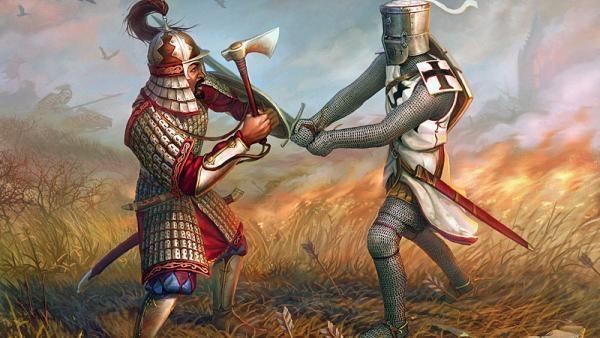
The Art of Attacking, Part the Third
So, in my previous 3 articles, I talked about the general rules for attacking and the rules for attacking while castled on the same side. Today, I'll talk about how to attack when castled on opposite sides of the board.
Jeremy Silman says this about castling on opposite sides: "When Kings are castle on opposite sides of the board, this usually signals the start of aggressive action by both players against the opposing monarch.
(White will play on the kingside, Black on the queenside)
In general, both sides will start their attacks with pawns. In the diagram shown previously, White will open kingside files with h2-h4-h5, while Black will do so with b7-b5. This allows them to gain space and open files for their Rooks. Naturally, such sharp positions require energetic play. The initiative becomes very important here, the sacrifice of a pawn or two to place the opponent on the defensive is a no-brainer for the experienced master."
(This is a typical situation in which both sides are castled and ready to attack)
So, that being said, there are a few principles to attacking when castled on opposite sides:
1. Moving the pawns on the side where your opponent is castled to open lines of penetration.
2. Organizing/connecting your pieces so that they can act using the open lines created.
3. If both players decide to attack, the first to arrive should win. It is important in these positions to seek for the initiative and defend threats made against your King with minimal resources.
4. The weakened position of a castle facilitates the opponent's attack. We can observe the castle's pawn structure to find the optimal attack. There are 3 types:
-f7, g7, h6 allows a break with g4-g5
-f7, g6, h7 allows a break with h2-h4-h5 or f2-f4-f5
-f7, g8, h7 is the best formation, generally requiring the sacrifice of pawns, pieces, or both to achieve the goal of creating weaknesses in the enemy camp.
Here are examples of these pawn structures from my previous articles:
1. f7, g7,h7
2. f7, g6, h7
3. f7, g7, h6
As more pawns move, the castle becomes weaker and more vulnerable, because it facilitates breaks for subsequent locations for the pieces of the attacking side.
OK. Let's look at some examples of attacking while castled on opposite sides.
Now that I've shown you how to attack while castled on the same side, test yourself with these puzzles!
And here's my usually reminder: I'm not that good of a player, so please correct me if I have any inaccuracies or if there's anything you think I should add. There will be only one article left after this, so I'm looking for some new topics to write about. If you've got any suggestions, please let me know. As always, thanks for reading, and I hope you enjoyed it. 
